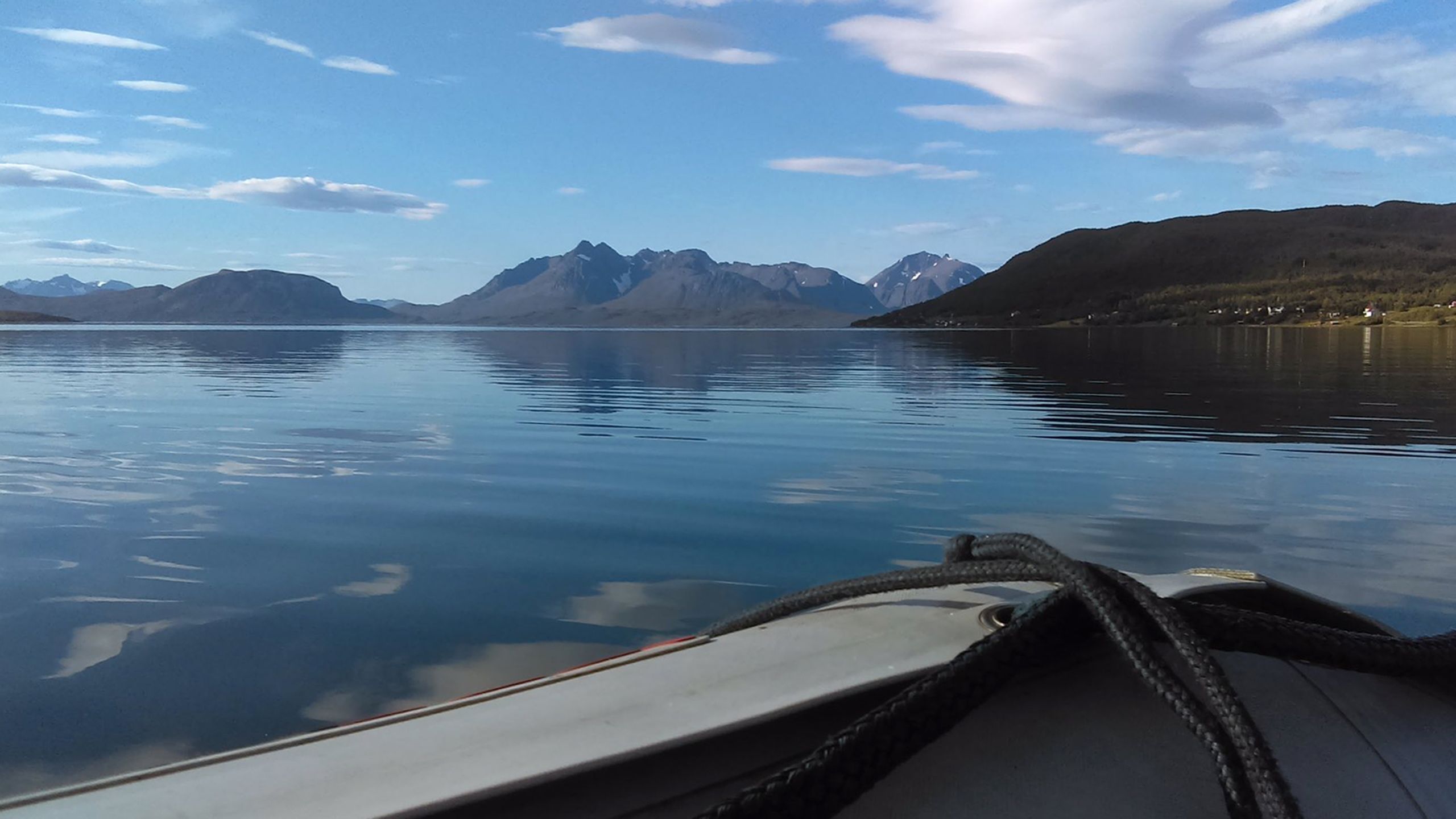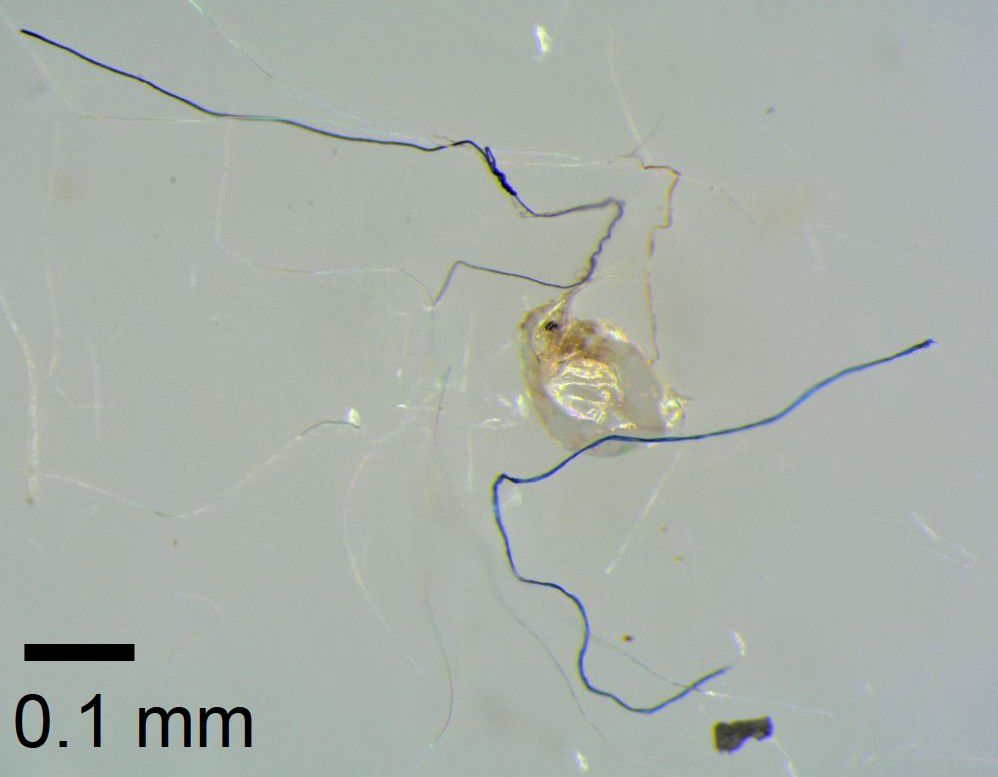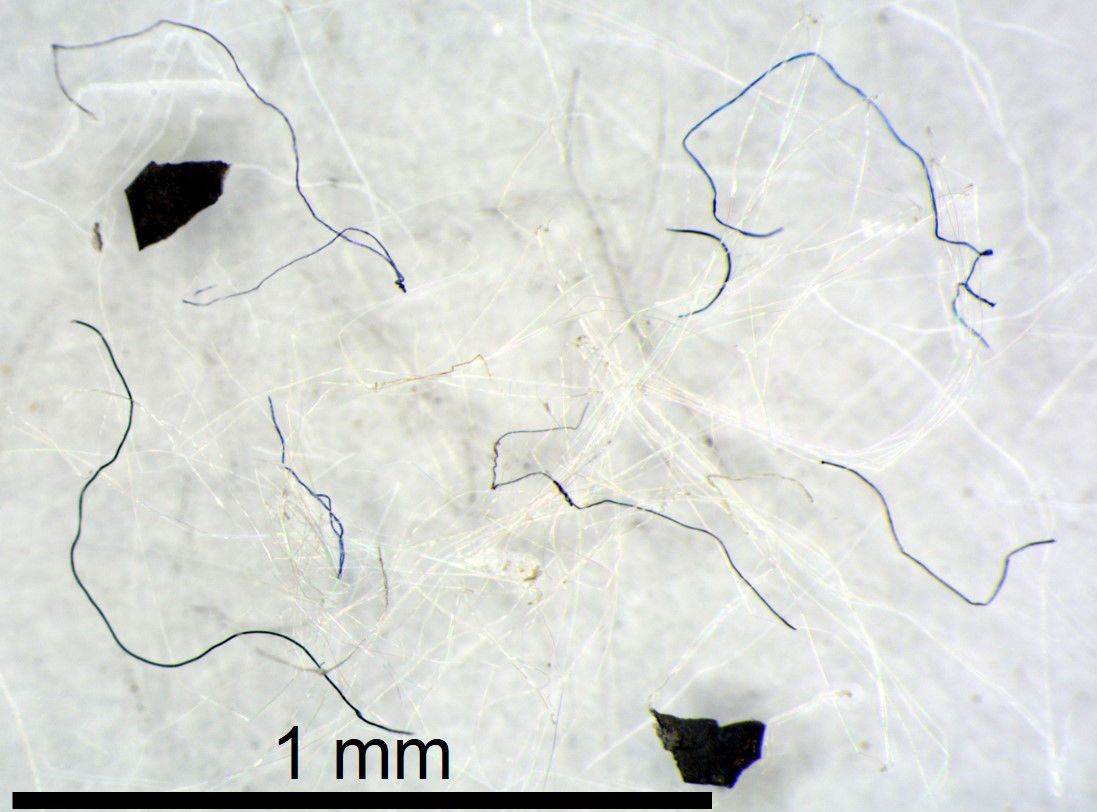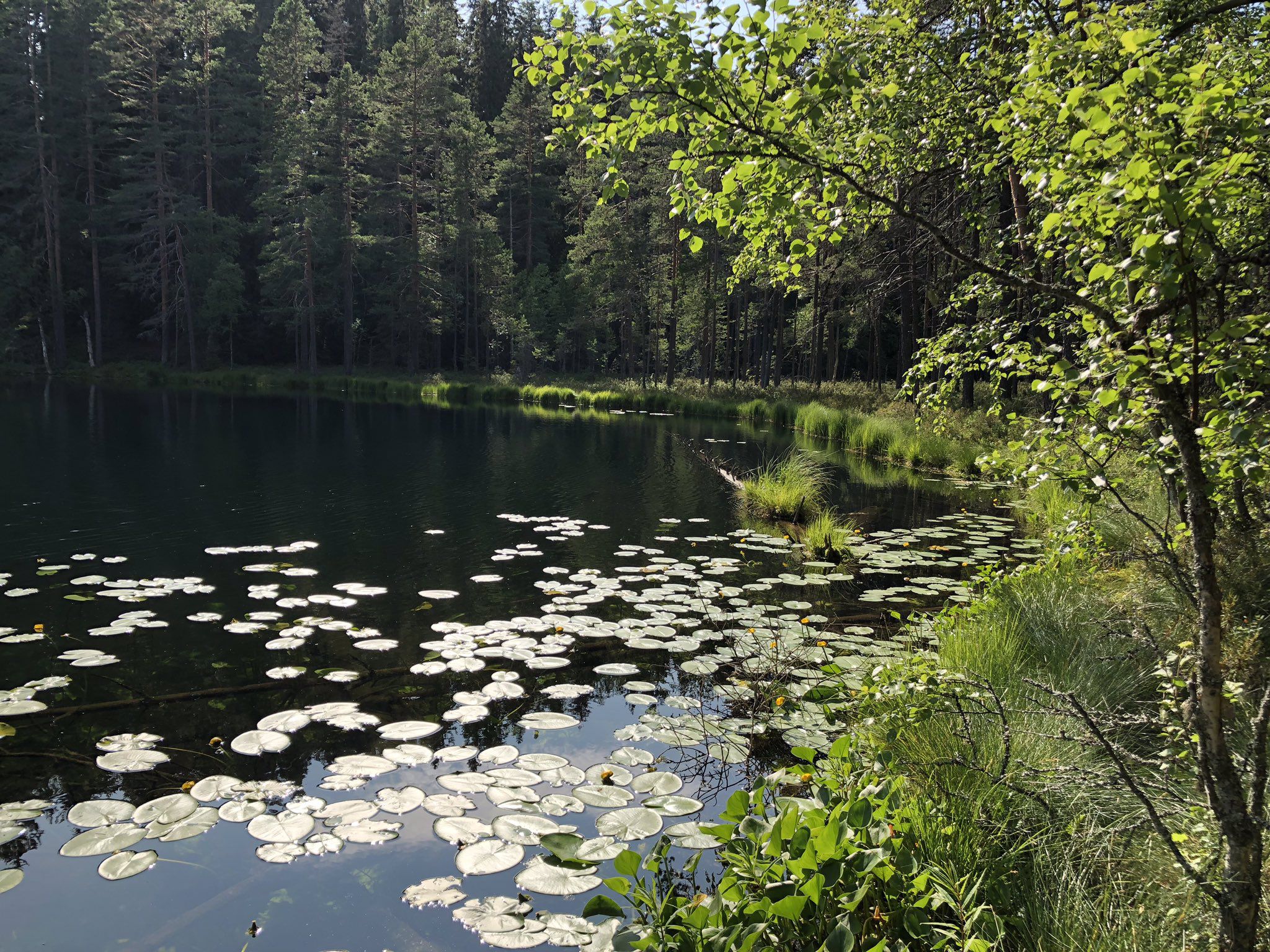European lakes
potential hotspots
of microplastic pollution

A study published today in the journal PLOS Biology suggests that human activity and land use in areas surrounding lakes drive significant microplastic pollution in lake water.
Researchers, led by Dr Andrew Tanentzap in the University of Cambridge’s Department of Plant Sciences, found that the concentration of microparticles - plastics and fibres - in lake water quadrupled in areas with more human activity, and doubled in areas with lower forest cover.
“Almost all attention on plastic pollution focuses on the oceans, but we have discovered that Europe's lakes - our drinking water sources – are similarly polluted by microscopic plastics and man-made fibres.” - Tanentzap
Plastic microparticles are ingested by a range of animals, including large vertebrates, and can deteriorate water quality. However, little is known about how human activity affects the concentration of microparticles in lakes.



Microfibers alongside zooplankton from Lake Maggiore, Italy. Photo by Jérémy Fonvielle
Microfibers alongside zooplankton from Lake Maggiore, Italy. Photo by Jérémy Fonvielle

Microfibers and plastic film from Lake Maggiore, Italy. Photo by Jérémy Fonvielle
Microfibers and plastic film from Lake Maggiore, Italy. Photo by Jérémy Fonvielle
The researchers trawled the surface waters of 67 lakes across Europe - from Croatia to Norway - between April and September 2019, spanning 30° of latitude and a range of environments.
The microparticle concentrations in the lakes were compared to published data on microplastic concentrations from the world’s rivers and oceans.
This revealed that freshwaters are potential hotspots of pollution.
The study also found that microparticle concentrations in the sampled lakes were accurately predicted based on their water quality and surrounding land use.
In addition to variation in microparticle concentrations with land use, there were five times fewer microparticles in lakes with more active microorganisms. This suggests that some naturally occurring species can help remove microparticle pollution. Future studies are needed to isolate microorganisms from the natural environment and test their ability to degrade microplastics and fibres.
“Our study provides valuable evidence to help prioritise monitoring and mitigation of anthropogenic debris in the world’s lakes."
Tanentzap added: “As anthropogenic debris continues to pollute the environment, our data will help contextualise future work. Our models can inform control and remediation efforts, by identifying hotspots of microparticle pollution based on surrounding land use and water quality.”
Plastic particles greater than 5mm, which can still be harmful to the environment, were not included in the study – which the researchers say may have led to an underestimation of plastic concentrations in the lakes.
This research was a collaboration with The Ocean Cleanup, and researchers in the University’s Department of Chemistry. It was funded by the European Research Council and the Isaac Newton Trust.
Reference
Tanentzap A.J., et al: Microplastics and anthropogenic fibre concentrations in lakes reflect surrounding land use. PLoS Biol, September 2021. DOI: 10.1371/journal.pbio.3001389
Adapted from a press release by PLOS Biology.
Media contact: Jacqueline Garget, Office of External Affairs and Communications
Researcher contact: Dr Andrew Tanentzap, Department of Plant Sciences


